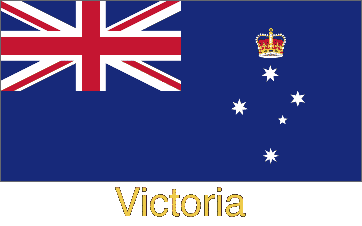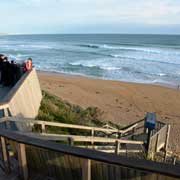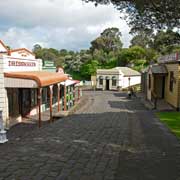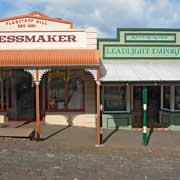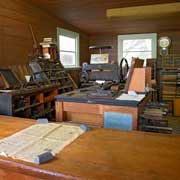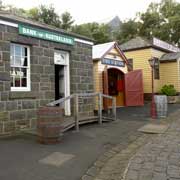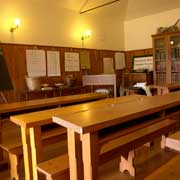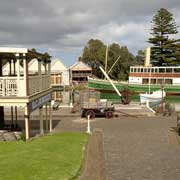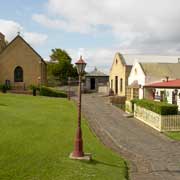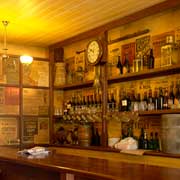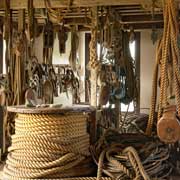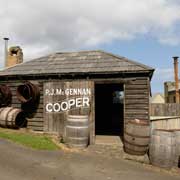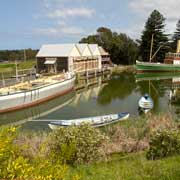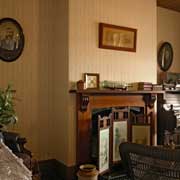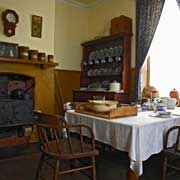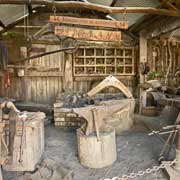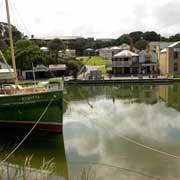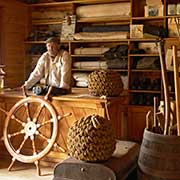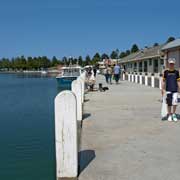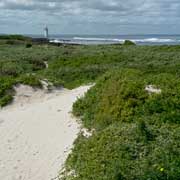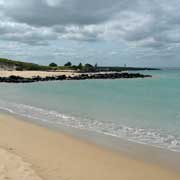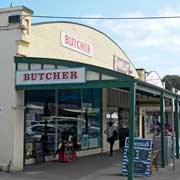Photos of Warrnambool, main town on the Shipwreck Coast, Australia
Warrnambool, main town on the Shipwreck Coast
Warrnambool, originally named "Warnimble", an Aboriginal name for a nearby volcanic cone, was first settled in the 1840s and became a major port about ten years later. Situated on Lady Bay, it was considered a safe harbour, although the coast nearby is called "Shipwreck Coast": there are about 30 shipwrecks nearby.
you may then send it as a postcard if you wish.
One of the main attractions of Warrnambool is the fact that whales may be seen off the coast, from July to September. Logans Beach is a major breeding ground and nursery for southern right whales; viewing platforms have been built above Logans Beach, also a great beach for surfers.
Flagstaff Hill Maritime Village is a reconstructed 1800s port village and collections of material salvaged from some of the shipwrecks in the area. A nineteenth-century coastal port has been reconstructed, built around the original lighthouses and fortifications. There are more than 30 buildings, including an inn, newspaper office, blacksmith and tearooms serving refreshments. There are historic vessels moored in the harbour and recovered relics from local shipwrecks are on display, the most famous being the Loch Ard Peacock, a priceless porcelain statue that survived the Loch Ard disaster in 1878.
Port Fairy, 28 kilometres west of Warrnambool is a charming fishing village at the end of the Great Ocean Road. Wide streets are lined by nineteenth century cottages, great Norfolk pines, old stone churches, boarding houses and inns. Many fine examples of the architecture of the 1800s remain intact, and more than 50 buildings are classified by the National Trust.
